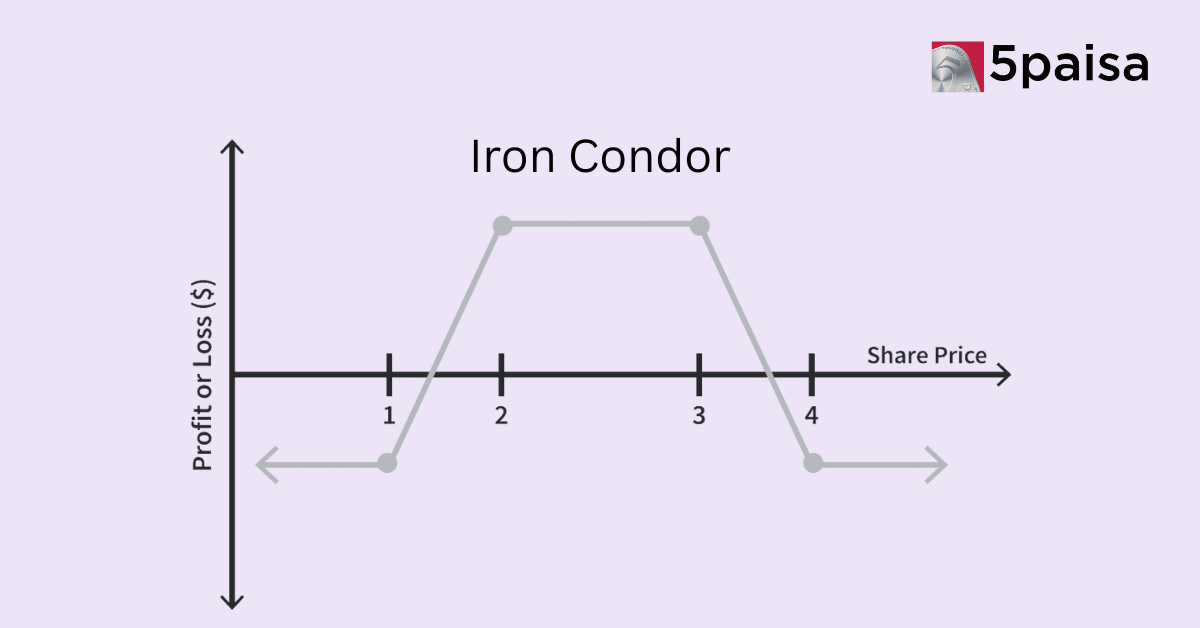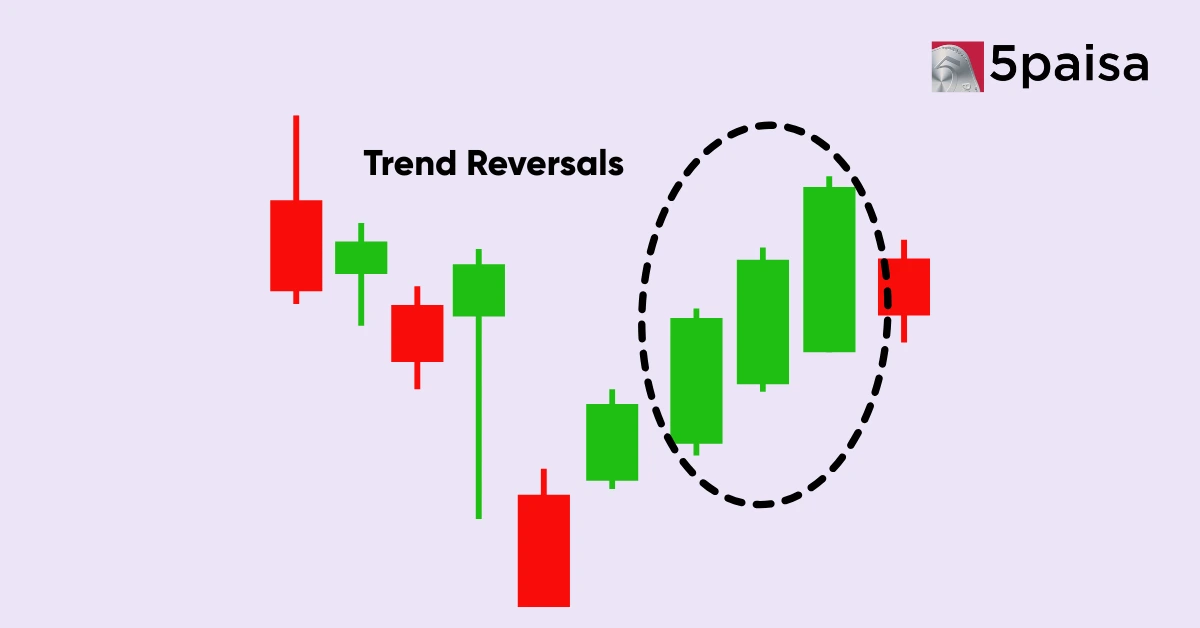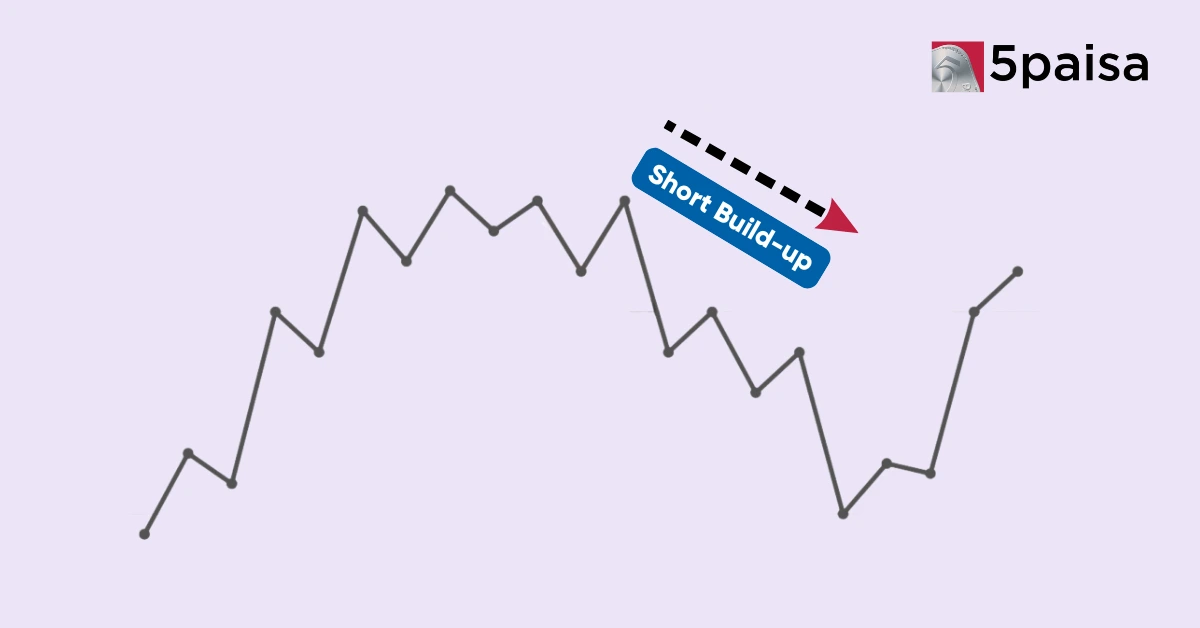Iron Condor with Weekly Expiries: Is It Worth the Risk?
Can stock markets sustain Diwali rallies? Here’s what history indicates

Nobody likes to work on a holiday, least of all on a festival. But there is one group of people who works even on India’s biggest festival—stock market traders.
To be sure, Dalal Street takes its trading holidays seriously as these days coincide with various festivals. Every year, there are around a dozen non-trading days for the BSE and the National Stock Exchange. However, there is one trading holiday when traders, well, trade! Even if it is a weekend!
Every year, the markets mark the Diwali day with ‘Muhurat’ trading—one hour of a special trading window to make token transactions as it is considered auspicious to start the new year according to Hindu calendar, or Samvat. This year, October 24 marked the beginning of Samvat 2079.
The markets began the new year on a positive note, with both benchmark indices—the BSE Sensex and the NSE Nifty—gaining 0.9% during the one-hour session. Banking and financial stocks led the gainers.
The Sensex rose 524.51 points to end at 59,831.66 while the Nifty 50 added 154.45 points to 17,730.75. The Sensex touched an intraday high of 59,994.25 and the Nifty hit 17,777.55.
As we move beyond this year’s Muhurat trading session, we take a look at what recent history tells us about short-term trading bets right after the auspicious trading day. We also look at what history tells us about pre-Diwali rallies and what happens to it immediately after the special trading day of the year.
2022 an outlier, almost
If we look at how the 50-stock Nifty has moved over the last decade we see how the long-term bull market has played out in India as the economy and businesses scaled up with minor hiccups in between.
In fact, if we trace only the Nifty values on the Muhurat trading session, since 2012, we see almost a secular rise with 2015 being a sole exception when the Nifty was at a lower level compared to the preceding year. The same applies to the 30-stock BSE Sensex, too.
In that respect, 2022 is an outlier with the top indices around 2% lower compared to the Diwali 2021.
M-Day
The Muhurat trading day itself seems to have been even more consistent with Nifty and Sensex both closing the day in the red when compared to their value when trading begins on the day. In this respect, 2022 maintained consistency with Nifty closing at a lower level compared to its opening level this Monday.
This need not necessarily mean bad news but reflects how traders’ cash out to enjoy their Diwali evening. Notably, there have been no big crashes per se during the Muhurat session, come rain or storm.
The Nifty and Sensex have declined but this has been restricted to around 0.1-0.9% on all occasions over the last decade.
Diwali rallies
This has some interesting insights. For starters, pre-Diwali rallies are real. Over the past decade, barring 2014 and 2015 both the Sensex and Nifty climbed in the month leading to the Muhurat trading session.
This means there is a high probability of someone betting on the indices, if not on stocks at large, then he or she would stand to make money. In case of the Sensex, the average rise has been around 1.7% in the one month leading up to Diwali. This has got pushed up partly due to the jump seen during 2013 and 2020. In both these years, the top indices rose 7-9% in the 30 days to Diwali.
If we look at the median, or the mid-point, to factor out the years that could skew the data, we get a value of around 1%. This is not bad considering it translates into an annualised rate of a little over 12%, after factoring in the compounding effect.
In fact, over the last six years the indices have only provided positive results in the month leading to Diwali. Diwali 2022 is no different with around 3% rise over the last one month, despite the high inflation in the economy as also in the West that has turned the interest rate cycle swiftly, as central bankers get into the firefighting mode.
Indeed, the spectre of an impending global economic slowdown and what many expect to be a short-term recession also failed to ebb the enthusiasm of stock investors.
But what happens to these pre-Diwali rallies after the Muhurat session? This presents a more mixed picture.
The Sensex and Nifty have declined during the month post-Diwali in four years out of the last ten. Additionally, as against pre-Diwali rallies after the Muhurat session, the indices get a directional call with more decisive moves in either direction.
In eight of the last ten years the top indices moved up or down by over 2% in the 30 days after Diwali. In contrast, in case of pre-Diwali rallies, in majority of cases the movement in Nifty and Sensex was less than 2%.
The median change in the top indices was around 2% in the positive zone, over the last decade.
This suggests that one has a high probability of making some money from a short-term index play in the one month leading to Diwali and this year has not been an exception to it either. At the same time, there is almost an equal split and one’s money can swing either way post Diwali.
But if one is bold enough to play in the first month of new Samvat or Hindu calendar year, the annualised returns could be around 27%, based on the 2% monthly growth in index over the last decade.
Summing up
There are a few things in the life of a stock trader that are certain no matter how big an expert one is in analysing balance sheets or picking market pricing imbalance in the short term, but history tells us Muhurat trading sessions take the indices to a negative zone, almost every year.
Pre-Diwali rallies, too, appear to have a consistency. Both the Sensex and Nifty have risen around 3% over the last one month alone. That translates into an annualised compounded growth of over 42%!
If one has been on the side-lines, it would be good to remember that the post-Diwali rallies are much wilder, though they can also be more remunerative.
- Flat ₹20 Brokerage
- Next-gen Trading
- Advance Charting
- Actionable Ideas
Trending on 5paisa
Indian Stock Market Related Articles
Disclaimer: Investment in securities market are subject to market risks, read all the related documents carefully before investing. For detailed disclaimer please Click here.

 5paisa Research Team
5paisa Research Team
 5paisa Research Team
5paisa Research Team




